Food and drink highlights of Iceland
- Tipping - There is no need to leave a tip in Iceland; however, if you want to do this round, the amount into 100 ISK.
- Eating hours -
- Shopping hours - Grocery stores are usually open between 10 am and 6 pm.
- Discount shops -
- Cuisine type - Icelandic food is very close to the Mediterranean diet. It is high in omega-3, fiber and low in saturated fat - seems very healthy.
- Savoir Vivre - At the end of a meal or snack in an Icelandic home, it is customary to thank the host by saying 'takk fyrir mig' (literally, 'thank you for me'). At the next meeting, please kindly say thank you again by saying 'takk fyrir siðast' (literally 'thank you for the last time').
- Main ingredients - The main Icelandic dishes include lamb, seafood, and dairy products. A delicious side dish Icelandic caramelized potatoes perfectly fit every baked meal.
- Most popular alcohol - Brennivín (burned, or distilled, wine) is a signature Icelandic alcohol. For travelers looking to indulge - beware. It is called the 'Black Death'.
- Warning - Eating in restaurants in Iceland can quite quickly take up the entire travel budget.
Did you find this information valuable?
Thank you for co-creating with us! 😊 Remember to give us feedback by pressing the thumbs up or down under every section.
The quality of content is essential for us. Please let us know what influenced your opinion.
Thank you!
Foods to try in Iceland
- KjötsupaTraditional Lamb meat soup. It is made from the tougher bits of the lamb and a variety of Icelandic herbs and vegetables. Very good for the colder months.
- SviðSheep’s head. To be fair, this traditional Icelandic food is not being served everywhere or eaten on a daily basis by the majority of the Icelanders, but it still deserves a mention. Some say that the cheeks of the smoked Sheep’s head are the best meat you can ever eat.
- PlokkfiskurIt consists of boiled cod or haddock filets with potatoes, either mashed and scrambled.
- HarðfiskurDried Fish Jerky is considered a delicacy in Iceland, and you can find it everywhere. If you like beef jerky, you should also like the Icelandic version. It’s best served with some Icelandic butter.
- HákarlFermented Shark. Back in the days, the shark meat was buried underground in the sand for 3 months and later hung up for another 3-4 months to dry. Nowadays, 5-10 kg of meat is being cut and put into boxes for 6-9 weeks in order to ferment, and later on, hung up for 3-4 months.
Did you find this information valuable?
Thank you for co-creating with us! 😊 Remember to give us feedback by pressing the thumbs up or down under every section.
The quality of content is essential for us. Please let us know what influenced your opinion.
Thank you!
Unusual facts about food in Iceland
- Icelanders have a problem with alcoholism, so stores selling alcohol (Vinbudin) are open only 2-3 hours a day.
- The further away from Reykjavik, the higher the prices are.
- Tap water in Iceland is very clean and drinkable, so there is not customary to buy water in stores.
- In Reykjavik, there is a stand with hot dogs, which American President Bill Clinton baptized as the most delicious in the world.
- Many Icelandic farmers have opened their doors to travelers. They often sell delicious local agricultural products, including meat, fish, and organic fruit and vegetables for a small price.
Did you find this information valuable?
Thank you for co-creating with us! 😊 Remember to give us feedback by pressing the thumbs up or down under every section.
The quality of content is essential for us. Please let us know what influenced your opinion.
Thank you!
Place to stay in Iceland
- Best booking sites -
- Seasonality - Hotel prices in winter are much lower than in summer.
- Cost-effective - In large cities, hostels and guesthouses are the cheapest accommodation options.
- Payments - Sometimes the price is given in Euro, but the conditions state that payment has to be made in the Icelandic Krona.
- Camp - There is a great campsite in the capital that is worth visiting at the beginning of your journey. You can find their shelves with ‘free stuff’, i.e., free food, gas cylinders or equipment left by tourists who left Iceland and did not want or could not take this equipment on the plane.
- Important - Since 2015, it is illegal to camp in tents, motorhomes, caravans, or anything like that, outside the designated campsite unless you have written permission from the landowner.
- Warning - The country's accommodation base is very modest.
Did you find this information valuable?
Thank you for co-creating with us! 😊 Remember to give us feedback by pressing the thumbs up or down under every section.
The quality of content is essential for us. Please let us know what influenced your opinion.
Thank you!
Accommodation in Iceland
- Book accommodation and car rental several months in advance. Iceland has been experiencing a tourism boom for some time.
- Hotels can be found mainly in Reykjavik and the capital region. Still, in recent years the tourism industry has been developing strongly, and hotels can also be found at every major attraction in the south and the larger city in the east and north.
- As a rule, in small towns there are only guesthouses, i.e., ordinary residential buildings converted into accommodation facilities.
- There is a beautiful, free campsite in the Western Fjords near the Dynjandi Waterfall. Unfortunately no showers, but there are toilets, water, tables, and grills.
- A guest house can be an overnight stay in a rented room in a private home.
Did you find this information valuable?
Thank you for co-creating with us! 😊 Remember to give us feedback by pressing the thumbs up or down under every section.
The quality of content is essential for us. Please let us know what influenced your opinion.
Thank you!
Getting around Iceland
- Most popular - The best way to explore the country is renting a car or choosing a bus quided tours.
- Cost-effective - Hitchhiking is the only option when it comes to cost-effective travelling.
- Time-efficient - Car is definitely the fastest mean of transport on the island.
- Traffic safety - Driving in Iceland is safe, however, unpredictable weather, narrow lanes, frequent climbs, gravel roads, pebbles hitting the car body and windows require greater concentration and caution.
- Important - After entering the roundabout, you cannot change lanes, and vehicles in the inner lane have priority.
- Warning - Many roads in Iceland are unpaved gravel roads - they are often very narrow (one car wide), including bridges.
Car
- Before you plan to travel by car in mountainous regions, check information on the Road Office website: www.road.is. You can check the current road conditions thanks to the network of cameras transmitting the image online. At safetravel.is you will find all important alerts.
- If you are exploring the wilderness by car, you must rent a 4x4 vehicle.
- When renting a car, check the available insurance and what it applies to and what it does not cover. For example, it is a good idea to take out windshield insurance, and usually, it doesn't cover damage after crossing a river. Please read the description carefully, especially the 'contains' section.
- Only 4WD vehicles (or possibly with winter tires) may drive on mountain roads marked with the 'F' prefix.
Plane
- Air communication is well developed.
- Iceland has one international airport and a network of local airports scattered throughout the island.
- Internal flights are regular and to most destinations daily.
- Due to closed roads, some places can only be reached by plane in winter.
- You can find domestic airports in the following towns: Reykjavík, Keflavík, Grímsey, Akureyri, Egilsstaðir, Vopnafjörður, Þórshöfn, Ísafjörður.
Hitchhiking
- You can hitchhike safely, but it can be time-consuming and payable (there is no fixed rate, a matter of mutual agreement).
- It is impossible to define the average waiting time; it all depends on the day and location. Take into account that it can be time-consuming.
- The popularity of this type of travel, mainly in summer, is high.
Train
- There are no railways in Iceland.
Bus
- There are only few bus lines but still it is the only means of communication on the island apart from passenger cars.
- The bus schedule is available on the website: www.straeto.is/en.
- Tickets can be purchased at larger stops or directly from the driver. If you buy a ticket from the driver, you must have the amount deducted. Payment only in cash.
- Note that in Iceland, all stops (except for a few large transfers) are on request. Stand so that the driver can see you.
Bicycle
- This is a version for persistent ones; changeable weather is not conducive to this form of travel, but it is not impossible.
- If you arrive in Iceland with your bike packed in a box, you must know that it is forbidden to assembling bikes in the airport hall. You can do it outside.
- If you need a lift, it is worth using the Straeto carrier, where the transport of bikes is free (usually, the cycle is placed on a special rack at the back of the vehicle).
- When going to Iceland by bike, do not forget about rainwear - a suitable jacket, waterproof pants, shoe covers. They will also be needed waterproof bike panniers. Also take the mosquito net over your face, the amount of flies may surprise you.
Boat
- You can also come to Iceland with your car. To go to Iceland (and also to the Faroe Islands) you need to reach the Danish port of Hirtshals. For more information, visit www.smyrilline.com.
Taxi
- A taxi is a convenient option in the center of Reykjavik, although quite expensive compared to other European countries. Taxi stands are located throughout the city.
- Most of the taxi drivers speak fluent English.
- There are two taxi companies in Reykjavik: Hreyfill Bæjarleiðir (tel: +354 588-5522) and BSR (tel: +354 561-0000).
- Hreyfill has a phone app.
Did you find this information valuable?
Thank you for co-creating with us! 😊 Remember to give us feedback by pressing the thumbs up or down under every section.
The quality of content is essential for us. Please let us know what influenced your opinion.
Thank you!
How to travel in Iceland
- The main KEF airport is located in Keflavik, about 40 km from the capital - to get there you have to go by bus or taxi.
- Most of the bridges are single lane road - the first one to reach the bridge has priority.
- Roads run along the coast, avoiding the harsh interior of the country.
- The capital is a very good starting point from which you can go on trips to the island's most attractive places.
- In mountainous areasIt the best is use an off-road car or a horse.
Did you find this information valuable?
Thank you for co-creating with us! 😊 Remember to give us feedback by pressing the thumbs up or down under every section.
The quality of content is essential for us. Please let us know what influenced your opinion.
Thank you!
Best time to visit Iceland
When to go
- The best time to visit Iceland is during summer, from June to August. March is the best if you want to go skiing and cross-country skiing.
Temperature
- The average temperature of the hottest month (July) exceeds 10 °C in the lowlands of southern and western Iceland but is lower than in other parts of the country. The hottest summer days in Iceland can reach 20-25 °C, and the absolute highest temperatures are around 30 °C.
Rainfall
- Precipitation is more abundant on the south side, exceeding 1,300 millimeters per year and reaching up to 2,400 millimeters in the most exposed areas (see Vík í Mýrdal). On the northern side, it is much less frequent, to the point where it falls below 500 mm per year.
- Rainfall is moderate along the west coast.
- On the southern slopes of the highest mountains, precipitation, which almost always takes the form of snow, can exceed 4,000 mm per year.
Spring/Fall
- Spring is frosty and quite similar to winter, with frequent snowfall and frosts, but the days are longer than fall.
Summer
- Summer is quite cold all over Iceland. On the other hand, the days are very long.
Winter
- Icelandic winter is relatively mild due to its latitude, sea influences and the warm North Atlantic eddy currents' proximity.
Did you find this information valuable?
Thank you for co-creating with us! 😊 Remember to give us feedback by pressing the thumbs up or down under every section.
The quality of content is essential for us. Please let us know what influenced your opinion.
Thank you!
Iceland weather Insights
- The weather in Iceland is very changeable, and it is worth taking a waterproof and warm jacket and for cold, wet days, even ski pants.
- It is good to take sunscreen as the sun that comes out from time to time tans easily.
- In July and August, the sun practically does not set in Iceland.
- A popular Icelandic saying goes: 'Iceland has no climate - only the weather'.
- Iceland has frequent rains and winds.
Did you find this information valuable?
Thank you for co-creating with us! 😊 Remember to give us feedback by pressing the thumbs up or down under every section.
The quality of content is essential for us. Please let us know what influenced your opinion.
Thank you!
Savoir-Vivre in Iceland
- Greetings - When greeting new people, shake their hand and call them by their first name.
- Punctuality -
- Dress code - Even in summer, do not forget about warm and waterproof clothes and shoes. Also, pack a hat, scarf, and gloves.
- Temple entrance - Dress respectfully as it’s a place of worship.
- Home invitation - You can bring something like wine or beer, but you're not obligated.
- Etiquette - Rather, no one expects gestures considered gallant or cultural - passing in the door, putting on a coat.
- Drones - We recommend using this map to easily check the applicable restrictions. If you are looking for more specific information take a look here.
Did you find this information valuable?
Thank you for co-creating with us! 😊 Remember to give us feedback by pressing the thumbs up or down under every section.
The quality of content is essential for us. Please let us know what influenced your opinion.
Thank you!
Things not to do in Iceland
- It is worth taking out travel insurance. The fact that the costs of treatment in Iceland are high is the main argument for buying a travel policy. People who intend to practice various sports during the trip should pay particular attention to the policy's scope.
- Before entering the swimming pool area, you should wash yourself thoroughly. There is often nudity in the shower area.
- Follow the services' recommendations and messages - treat any warning or information about evacuation of the area seriously.
- Drive the car on the roads and in the tracks of other vehicles. Off-road is prohibited in most places.
- Especially in summer, do not explore the ice caves on your own.
Did you find this information valuable?
Thank you for co-creating with us! 😊 Remember to give us feedback by pressing the thumbs up or down under every section.
The quality of content is essential for us. Please let us know what influenced your opinion.
Thank you!
Interesting facts about Iceland
- Do not jump or even walk on ice floes - the water temperature is close to 0 ° C and the ice can break so that there will be no opportinity to escape.
- Free coffee awaits customers at the entrance in Bonus stores and many other places.
- Even in small towns, there are airports and golf courses.
- There are very few trees in Iceland, but there is a lot of wood thrown out by the sea on the beaches (sea currents bring it all the way from Siberia).
- Iceland does not have its armed forces - the crime rate is one of the lowest in the world so that police officers do not even carry weapons.
Did you find this information valuable?
Thank you for co-creating with us! 😊 Remember to give us feedback by pressing the thumbs up or down under every section.
The quality of content is essential for us. Please let us know what influenced your opinion.
Thank you!
Best souvenirs from Iceland 💝
Year by year, Iceland is growing in popularity among travelers who appreciate its extraordinary beauty. If you want to remember the magic of this country for as long as possible and show it to your loved ones, be sure to check out our guide, in which we have collected the most interesting souvenirs from Iceland!
🍺 Beverages
Bloðberg tea 💲 💲 💲 💲
This traditional Icelandic tea has a distinct taste. It has been used for medicinal purposes for centuries, as it usually prefers the Northern climate. A cup of tea can help you get over the flu and upset stomach.
🛒 Where to buy: gift shops
💰 Price range: 1300 - 3000 ISK
🎁 For whom: grandparents, parents, friends
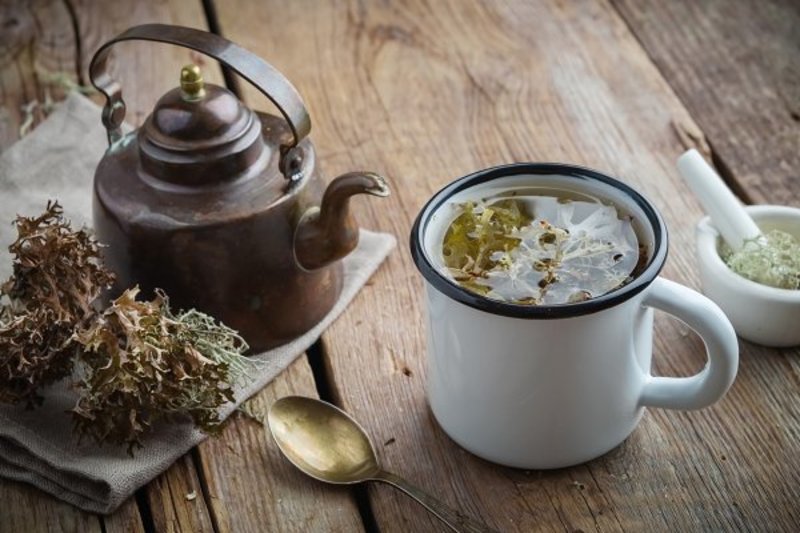
Brennivín 💲 💲 💲 💲
This clear, unsweetened schnapps is considered to be Iceland’s signature liquor. Made from fermented grain or potato mash and flavored with caraway, it's usually drank on special occasions, it serves as a traditional drink for the mid-winter feast of Þorrablót.
🛒 Where to buy: supermarkets
💰 Price range: 1300 - 1800 ISK
🎁 For whom: grandparents, parents, friends, spouse
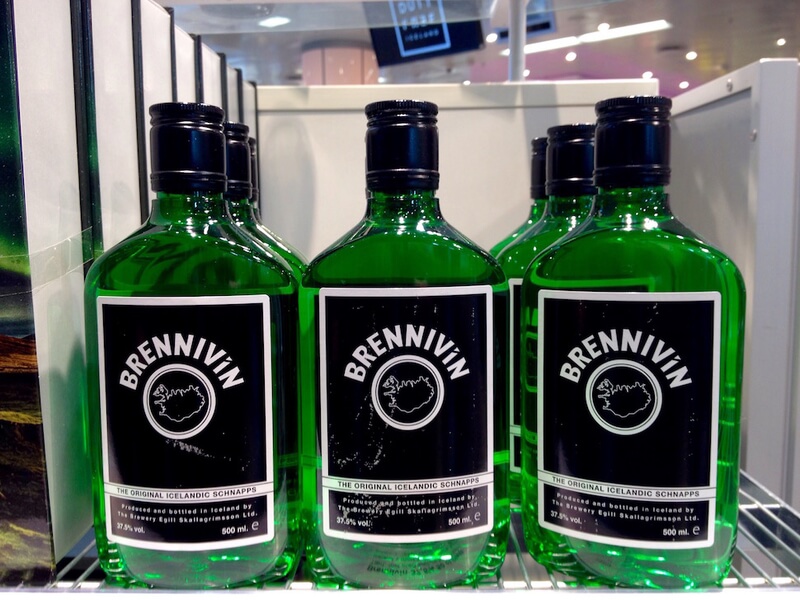
Reyka Vodka 💲 💲 💲 💲
Reyka is a icelandic brand of vodka that produces a clear, strong-tasting vodka. It's easiest to find on the airport and in supermarkets.
🛒 Where to buy: supermarkets
💰 Price range: 2500 - 3500 ISK
🎁 For whom: grandparents, parents, friends
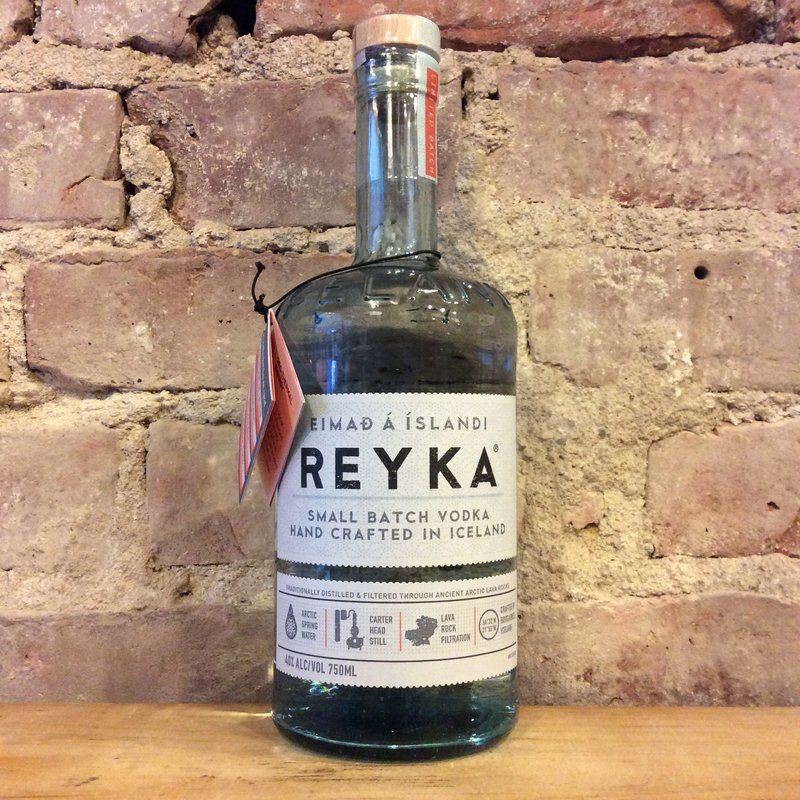
👚 Clothes
Fashion piece 💲 💲 💲 💲
Icelanders like to experiment with their fashion. From colors to textures and fancy accessories, the icelandic designers suprise their audience every year with a new trend. If you like fashion, you should consider buying one of the pieces. It will add a unique touch to your daily outfits.
🛒 Where to buy: dedicated shops
💰 Price range: 3000 - 12000 ISK
🎁 For whom: grandparents, parents, friends, spouse
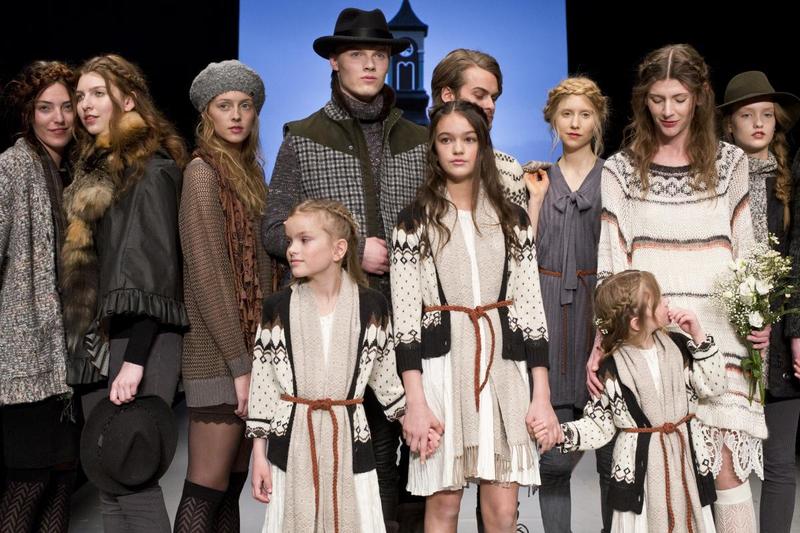
Fingerless gloves 💲 💲 💲 💲
If you're looking for something to keep you warm, but you're not keen on a traditional sweater, you may consider buying fingerless mittens. Made from the same type of wool as icelandic sweaters, they'll keep your hands warm during every trip and due to their lack of fingers, using a phone won't be a problem! The mittens are usually embroided with the typical icelandic pattern that you'll see everywhere.
🛒 Where to buy: gift shops
💰 Price range: 3000 - 6000 ISK
🎁 For whom: grandparents, parents, friends, kids, spouse
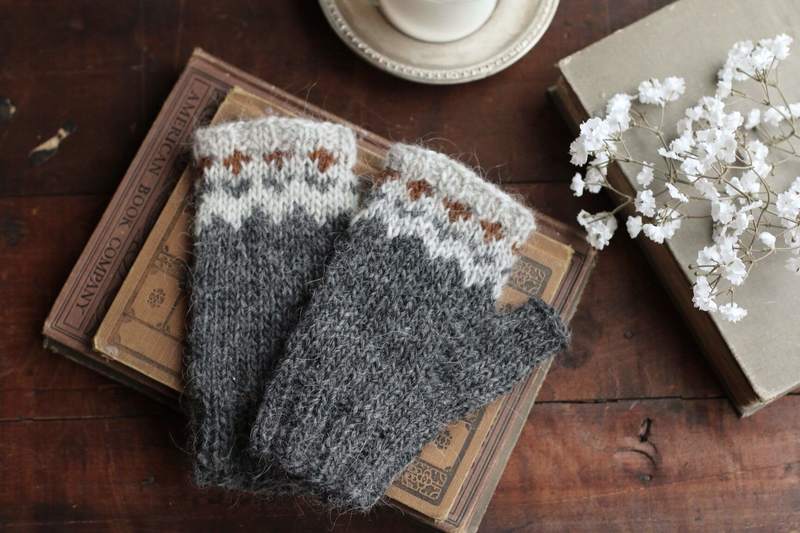
I don't speak Icelandic t-shirt 💲 💲 💲 💲
Speaking Icelandic is hard. Really hard. So why make an effort learning how to say "I don't speak Icelandic" if you can say it on a t-shirt? This souvenir is surely the one on the funnier side, but nevertheless it's a great option if you're looking for something quirky to bring back home.
🛒 Where to buy: gift shops
💰 Price range: 2000 - 4000 ISK
🎁 For whom: friends
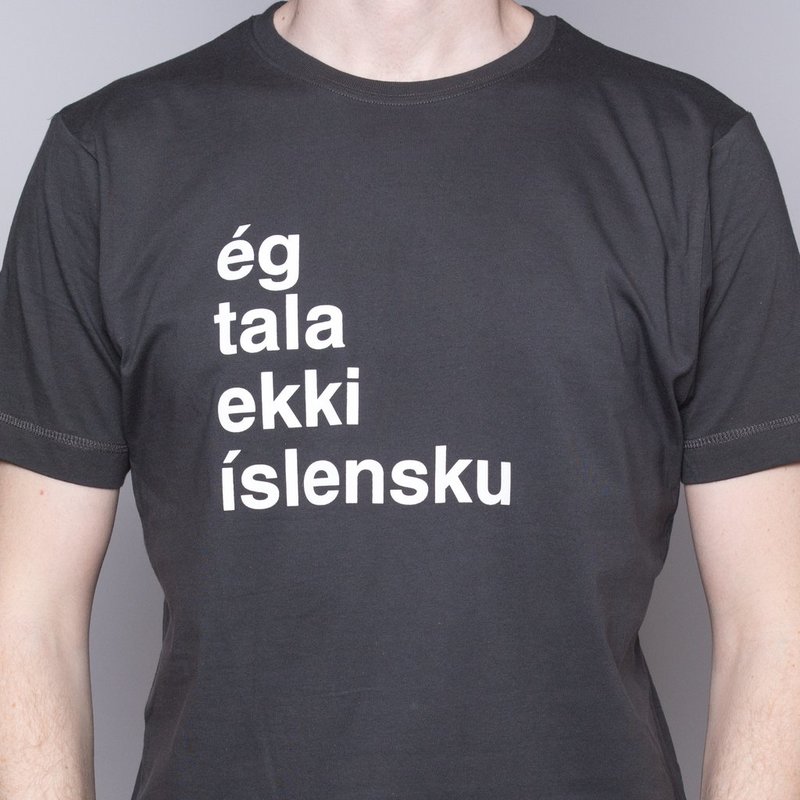
Warm fleece sweatshirt 💲 💲 💲 💲
The lopapeysa is the most classic, authentic souvenir you can get from Iceland. The wool used to produce this warm sweater has two different kinds of fibres. The outer layer is tough, long, and water-resistant, while the inner layer is soft and insulating, so it will keep you warm at all times.
🛒 Where to buy: gift shops
💰 Price range: 4800 - 24000 ISK
🎁 For whom: grandparents, parents, friends, kids
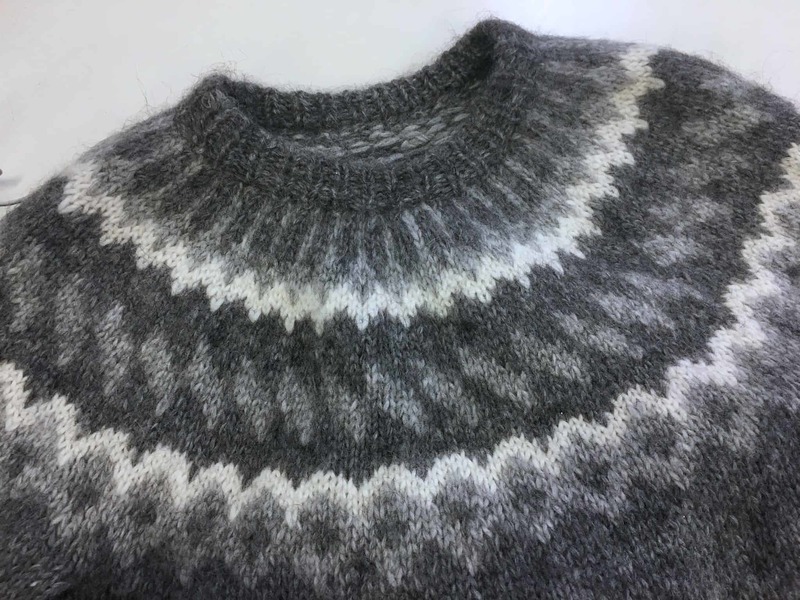
🛍 Collections
Elf 💲 💲 💲 💲
Icelanders don't believe in elves. Exept for the ones that live in their garden. That's why they try not to distrub them, just in case. But you, as a tourist, can totally believe in them. In fact, you can bring one home in form of a small figurine.
🛒 Where to buy: gift shops
💰 Price range: 800 - 3000 ISK
🎁 For whom: grandparents, parents, friends, kids
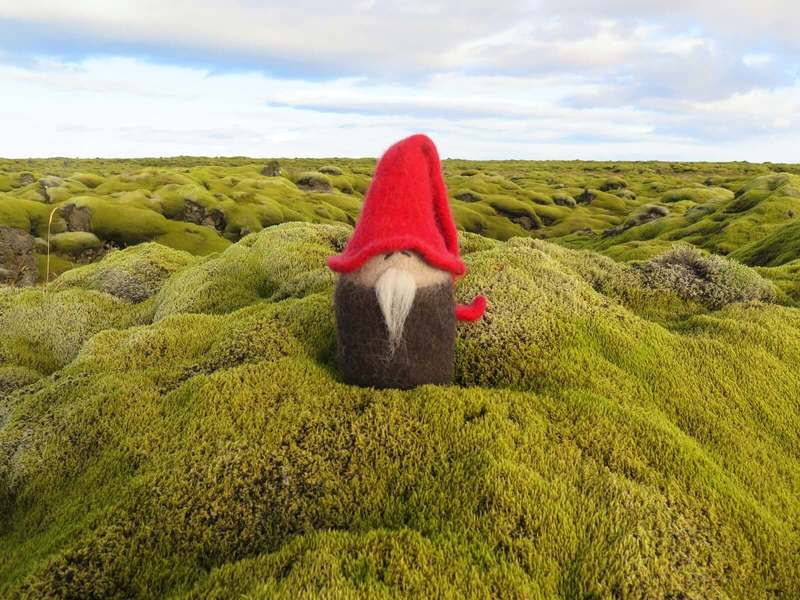
Furry sheep 💲 💲 💲 💲
This is one of the more typical souvenirs. Furry sheeps are a very common animal on Iceland, as they provide not only milk and meat, but also produce wool, which is very present in the icelandic culture. As a reminder of how important the sheeps are, the locals turn them into little figurines that you can buy in every souvenir shop. We consider it to be a small, but a lovely reminder of your trip.
🛒 Where to buy: gift shops
💰 Price range: 650 - 1000 ISK
🎁 For whom: grandparents, parents, friends, kids
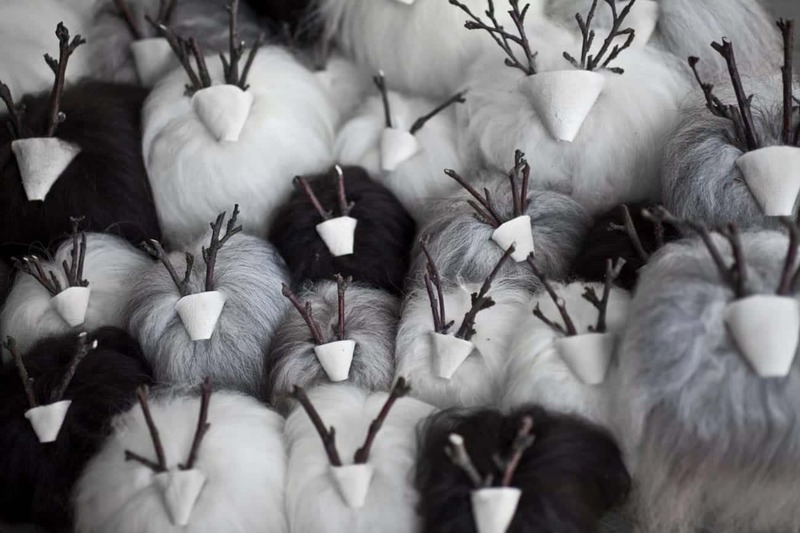
Photobook 💲 💲 💲 💲
You may be surprised to see a photo book on our list. The culture in Iceland is different from what we know from Europe - here everyone can create. Photography is a particularly popular form. Therefore, if you want to bring a photo album full of breathtaking photos from Iceland in addition to your own photos, a photo book is a good choice.
🛒 Where to buy: bookstores
💰 Price range: 4000 - 4500 ISK
🎁 For whom: grandparents, parents, friends, spouse
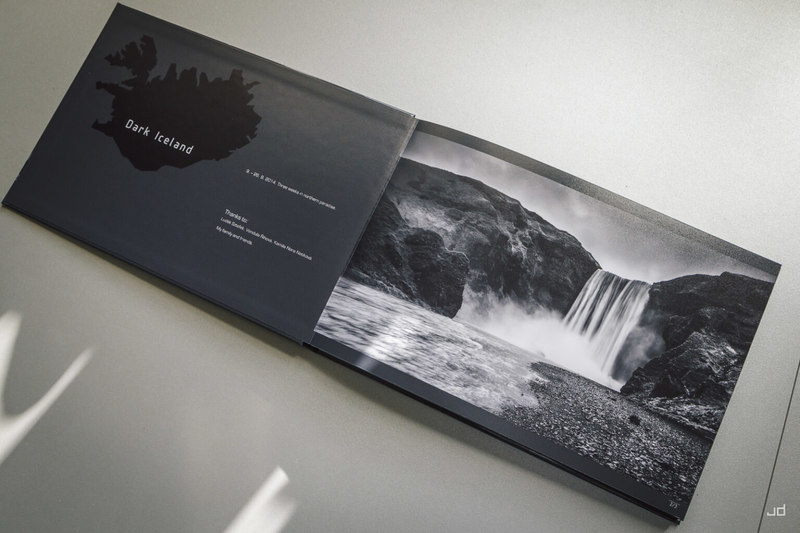
Poem from a poet 💲 💲 💲 💲
On the streets of Reykiavik you can meet people selling their works - music, paintings, but also... poems. Local poets create short poems about Icelandic nature or topics close to them, which they later sell for a small fee. If you ask them, they can write a poem dedicated especially for you or for your loved one. If it's not the definition of a personalized souvenir, we don't know what is!
🛒 Where to buy: markets
💰 Price range: 0 - 0 ISK
🎁 For whom: parents, friends, spouse
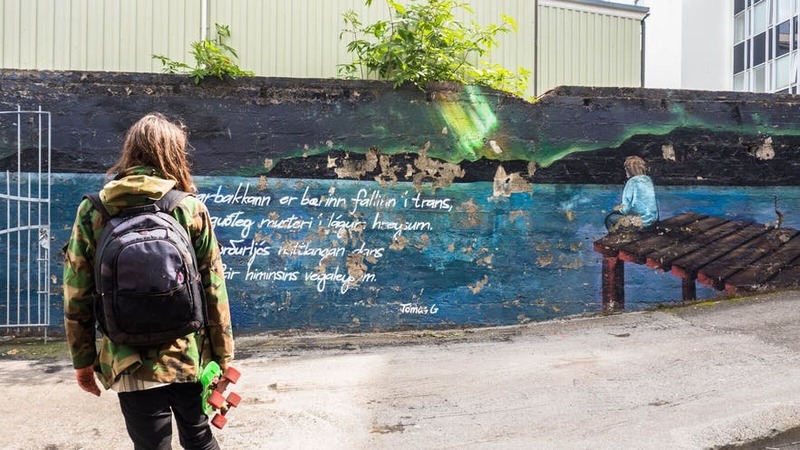
Puffin plushy 💲 💲 💲 💲
Puffin is a national bird of Iceland, so no wonder that you'll find them everywhere in a form of a friendly plushy. And if you're lucky, you will find the real ones in the nature. Keep an open eye!
🛒 Where to buy: gift shops
💰 Price range: 800 - 4000 ISK
🎁 For whom: friends, kids
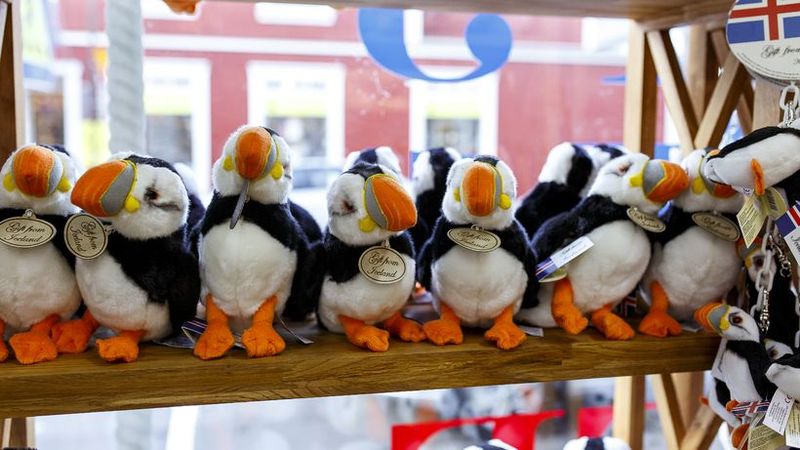
Viking souvenir 💲 💲 💲 💲
Vikings are an important part of Icelandic culture and locals like to be seen as an offspring of the legendary rulers of the seas. Therefore, you'll find an abundance of viking-related souvenirs and objects of everyday use, from cups to the accurate replicas of their ships.
🛒 Where to buy: gift shops
💰 Price range: 1000 - 7000 ISK
🎁 For whom: grandparents, parents, friends, kids
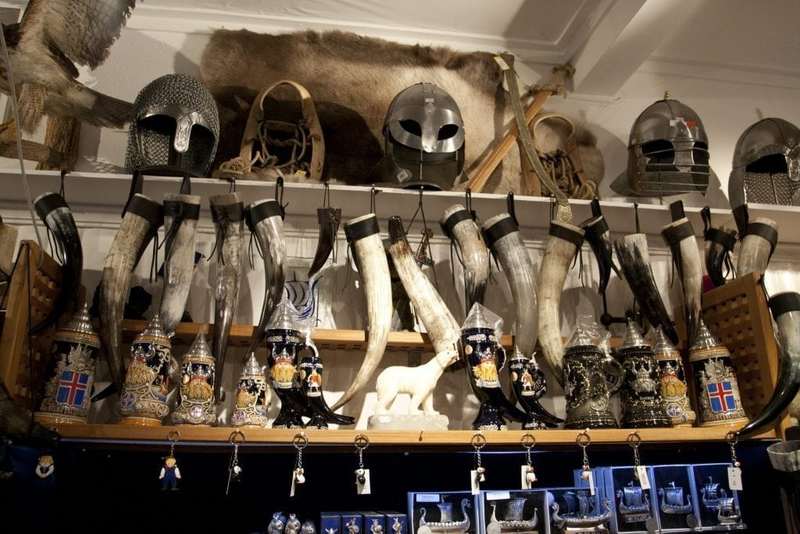
Volcanic jewellery 💲 💲 💲 💲
Iceland is known for its volcanos. Local manufacturers love them so much so they made a volcanic jewellery out of it. You can buy earings, necklaces and rings made out of volcanic lava or gift them to the loved ones in your life.
🛒 Where to buy: dedicated shops
💰 Price range: 4000 - 10000 ISK
🎁 For whom: parents, friends, spouse
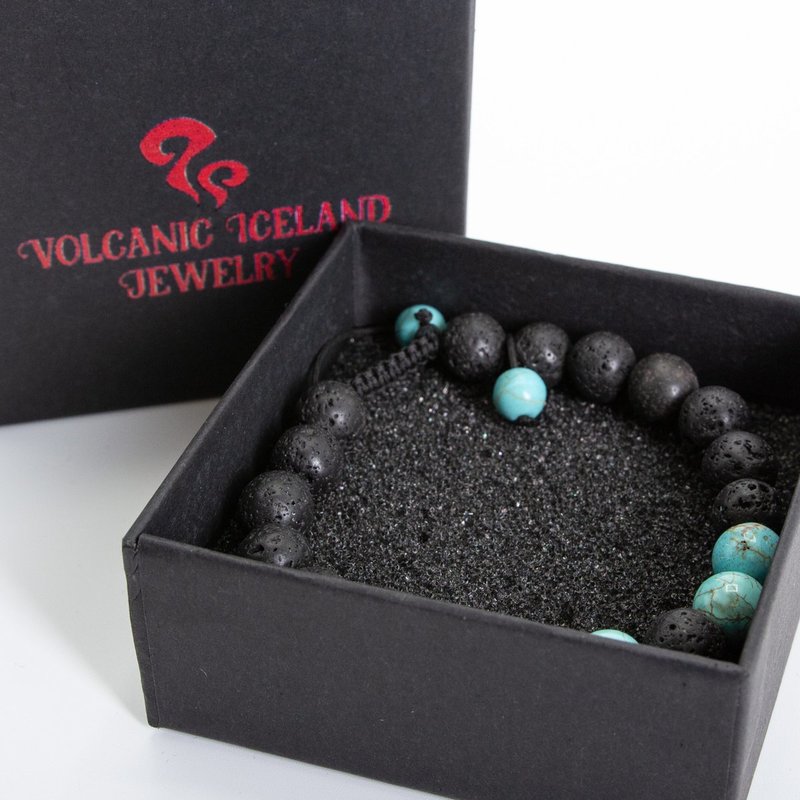
💄 Cosmetics
Skincare products 💲 💲 💲 💲
If you'll visit Blue Lagoon, you'll surely come across some amazing skincare products. What makes them so unique is the fact that all of them contain a combination of the same elements that exist in the lagoon itself– the silica mud, the algae and the healing minerals. They are a perfect gift for someone who likes to take an extra care for their skin.
🛒 Where to buy: dedicated shops
💰 Price range: 2000 - 10000 ISK
🎁 For whom: grandparents, parents, spouse
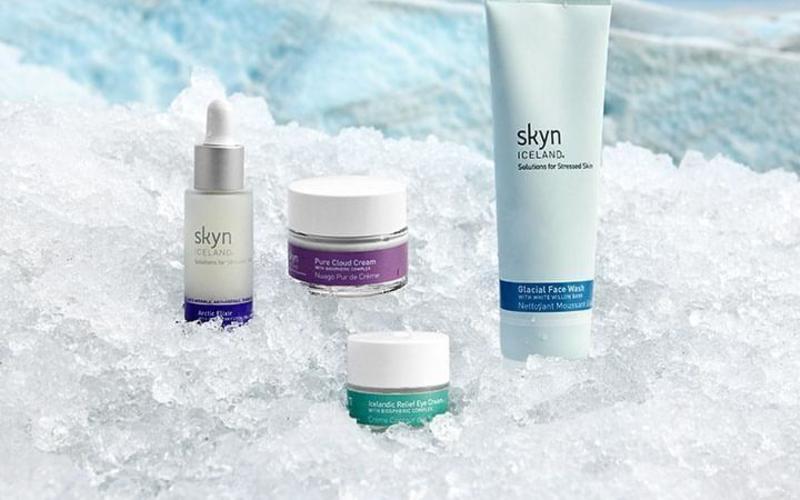
🥗 Food
Hot-dog sauce 💲 💲 💲 💲
Icelandic hot dogs are very delicious and cheap way to eat well. The hot dog itself is tasty with, but it’s the toppings that make the hot dog an excellent snack. The most characteristic is a sweet brown mustard called pylsusinnep. It may not be an obvious choice for a souvenir, but a one that is for sure delicious and one of a kind!
🛒 Where to buy: supermarkets
💰 Price range: 900 - 1200 ISK
🎁 For whom: grandparents, parents, friends
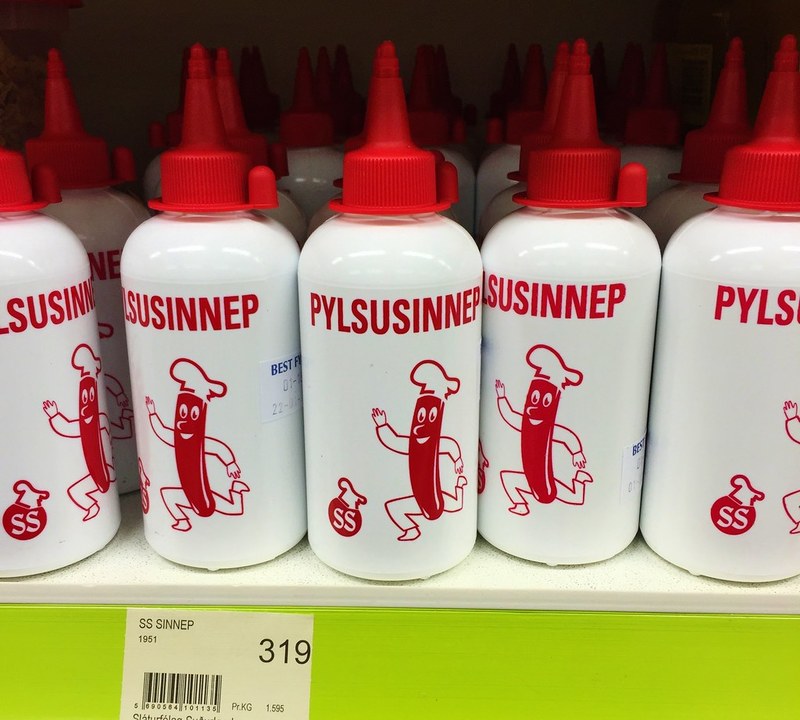
Omnom Chocolate 💲 💲 💲 💲
Omnom Chocolate is one of Iceland’s leading chocolate brands. Their products, produced 100% in Iceland, have a unique taste and a great quality. There is a wide range of flavours to choose from, but the most traditional islandic taste is the one with liquorice and sea salt.
🛒 Where to buy: supermarkets
💰 Price range: 1000 - 1400 ISK
🎁 For whom: grandparents, parents, friends, kids, spouse
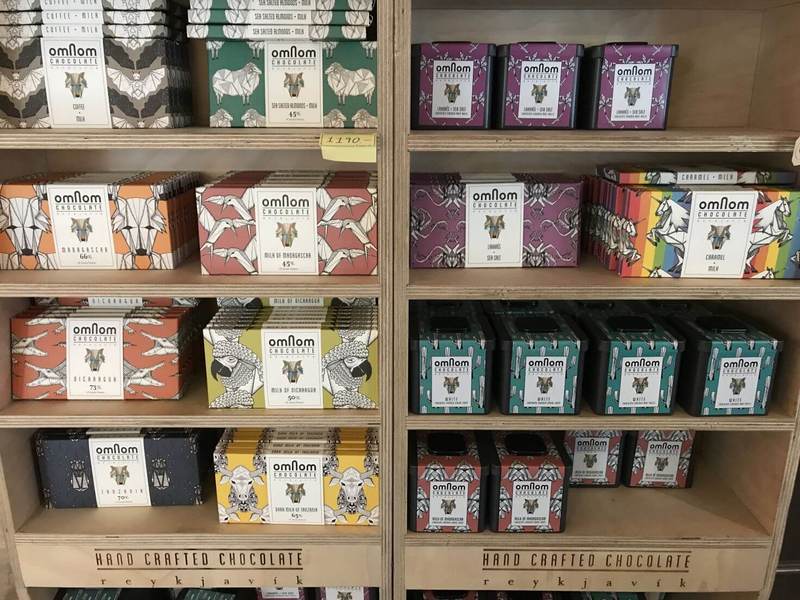
Skyr 💲 💲 💲 💲
Skyr is a typical Icelandic dairy product that resembles yoghurt in taste and texture. It is characterized by a delicate taste, has a lot of protein and is dietetic. Icelanders like to eat it with fruits as an afternoon dessert or with oatmeal plates for breakfast.
🛒 Where to buy: supermarkets
💰 Price range: 200 - 400 ISK
🎁 For whom: grandparents, parents, friends
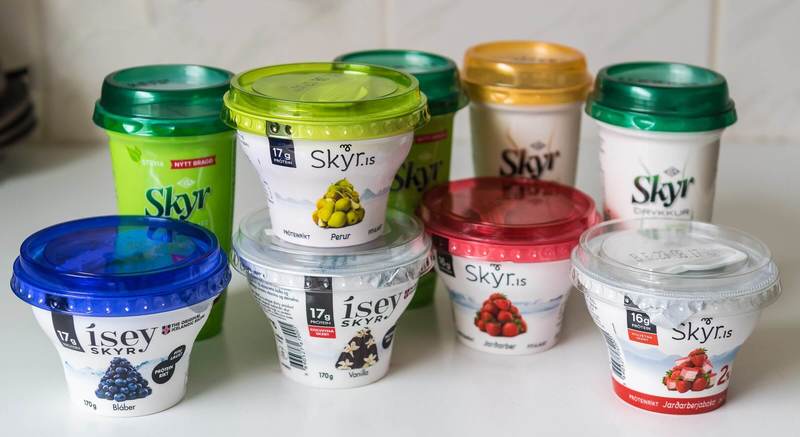
🖖 Handmade
Artisan crafts 💲 💲 💲 💲
Reykjavik is filled with independently owned shops carrying all sort of artisan made goods. There are so many shops and types of souvenirs it’s difficult to categorize them all. From home decor and ceramics to handmade toys, if you'll go on a tour around local shops, you'll find something suited to your tastes and needs. We especially recommend Icelanic ceramics!
🛒 Where to buy: gift shops
💰 Price range: 2500 - 20000 ISK
🎁 For whom: grandparents, parents, friends
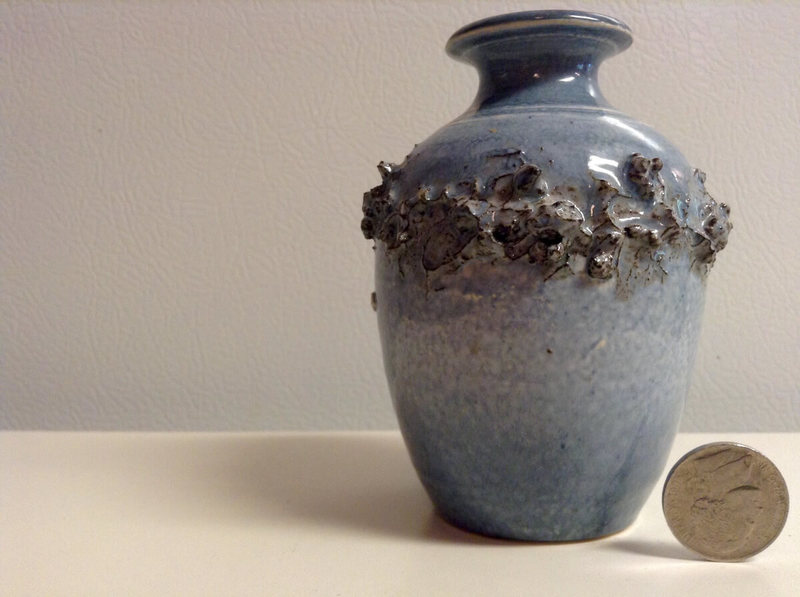
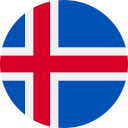 Iceland - Souvenirs
Iceland - Souvenirs
We hope that in this article you have found some suggestions of souvenirs from Iceland that you liked! Or maybe you have a different idea of what to bring your loved ones from this country? Be sure to write!
Did you find this information valuable?
Thank you for co-creating with us! 😊 Remember to give us feedback by pressing the thumbs up or down under every section.
The quality of content is essential for us. Please let us know what influenced your opinion.
Thank you!
Iceland packing list 💡
- Thermal breathable underwear - Although Iceland itself is not that frosty, the wind is cruel here and it significantly lowers the perceived temperature, making it colder than it really is.
- Backpack - Because of the constantly changing weather, a backpack is more comfortable than a suitcase’
- Rain clothes and accessories - Waterproof shoes; pants in which you can walk in the rain; a good jacket and backpack cover are essential in such rapidly changing weather and frequent rain.
- Wool socks - There is nothing worse in the world than cold feet. Wool is the best material that provides great thermal insulation.
- Lip balm - In winter, lips dry out very often, which is simply irritating and unpleasant. By the way, while you are moisturizing - don't forget about the dampen and sunscreen if you are going to the glaciers on a sunny day.
Did you find this information valuable?
Thank you for co-creating with us! 😊 Remember to give us feedback by pressing the thumbs up or down under every section.
The quality of content is essential for us. Please let us know what influenced your opinion.
Thank you!
Get a personalized packing list before travel to Iceland 🧳
Health information
Health risks and required vaccinations
Packing lists
Personalized item list to pack matching your destination
Weather insights
Packing list adjusted to local weather
To-do lists
Everything you need to do before leaving home
Weight limits
Never pay excess baggage fees again
Local prices
Average cost of food, tickets and accommodation
Things to do in Iceland ⭐
- Most popular sports: 🥾 Hiking, 🥽 Diving, ️ 🏌️ Golf
- Most popular activities: 🐋 Whale Watching ( the best April-October), 🛷 Riding snowmobiles (all year), 🐎 Horse Riding (all year)
- Most popular places: 💧 Jökulsárlón, 🐦 Látrabjarg, 🌊 Fjallfoss
Top attraction in Iceland 📸
Tourist information about Iceland
| Country | Iceland |
| Capital | Reykjavik |
| Currency | Icelandic króna |
| Language | Icelandic |
| Timezone | GMT |
| English speaking | Widely spoken (advanced) |
| LGBT tolerance | Very high |
| Gender ratio (overall) | 50% | 50% |
| Population | 0.3 mln |
| Visitors per year | 2 mln |
Did you find this information valuable?
Thank you for co-creating with us! 😊 Remember to give us feedback by pressing the thumbs up or down under every section.
The quality of content is essential for us. Please let us know what influenced your opinion.
Thank you!
Useful information about Iceland
| Card payments | |
| ATM Availability | Widely available |
| Suggested ATM takeout | 10000 ISK |
| Drinking in public | |
| Tap water | |
| Internet speed (avg.) | 25 Mbps |
| Socket type |
|
| Best taxi app | |
| Public toilets | Unpopular & Paid |
| Top mobile providers | Siminn, Nova, Vodafone |
| Best internal air carrier | IcelandAir |
Did you find this information valuable?
Thank you for co-creating with us! 😊 Remember to give us feedback by pressing the thumbs up or down under every section.
The quality of content is essential for us. Please let us know what influenced your opinion.
Thank you!
Cost of living in Iceland
| Meal, Inexpensive Restaurant |
16.77 EUR
19.53 USD
14.73 GBP
70.92 PLN
2500 ISK
|
| Meal for 2 People, Mid-range Restaurant |
93.94 EUR
109.38 USD
82.49 GBP
397.15 PLN
14000 ISK
|
| Domestic Beer (0.5 liter draught) |
8.05 EUR
9.38 USD
7.07 GBP
34.04 PLN
1200 ISK
|
| Gasoline (1 liter) |
1.52 EUR
1.77 USD
1.33 GBP
6.42 PLN
226.26 ISK
|
| One-way ticket (public transport) |
3.15 EUR
3.67 USD
2.77 GBP
13.33 PLN
470 ISK
|
Did you find this information valuable?
Thank you for co-creating with us! 😊 Remember to give us feedback by pressing the thumbs up or down under every section.
The quality of content is essential for us. Please let us know what influenced your opinion.
Thank you!
Quality of life in Iceland
| Quality of life | Very high |
| Safety Index | High |
| Healthcare likability | High |
| Climate likability | High |
| Costs of living | High |
| Level of pollution | Very low |
Did you find this information valuable?
Thank you for co-creating with us! 😊 Remember to give us feedback by pressing the thumbs up or down under every section.
The quality of content is essential for us. Please let us know what influenced your opinion.
Thank you!
Important numbers
| General emergency number | 112 |
Did you find this information valuable?
Thank you for co-creating with us! 😊 Remember to give us feedback by pressing the thumbs up or down under every section.
The quality of content is essential for us. Please let us know what influenced your opinion.
Thank you!

